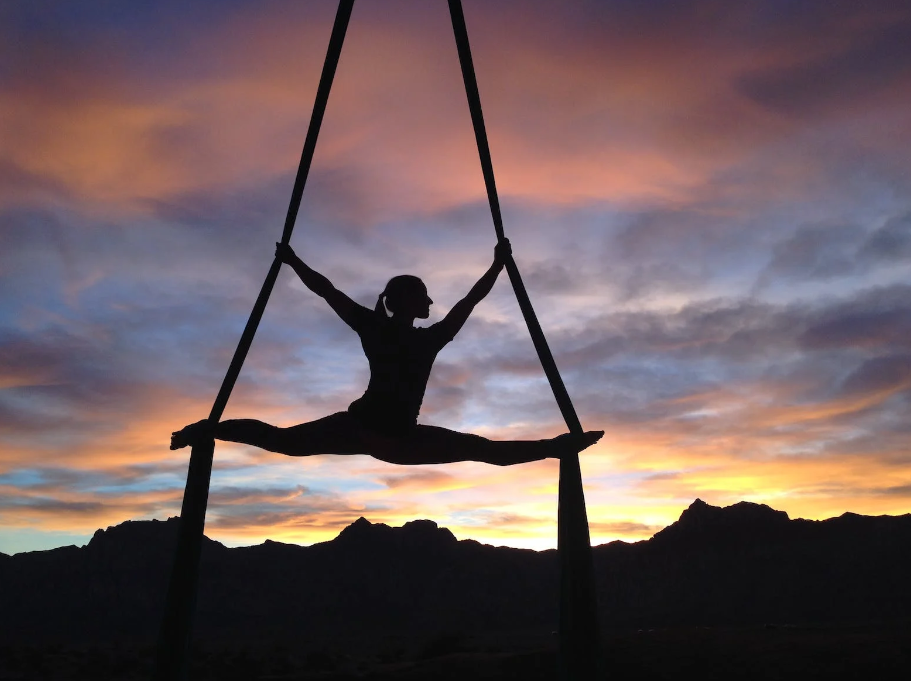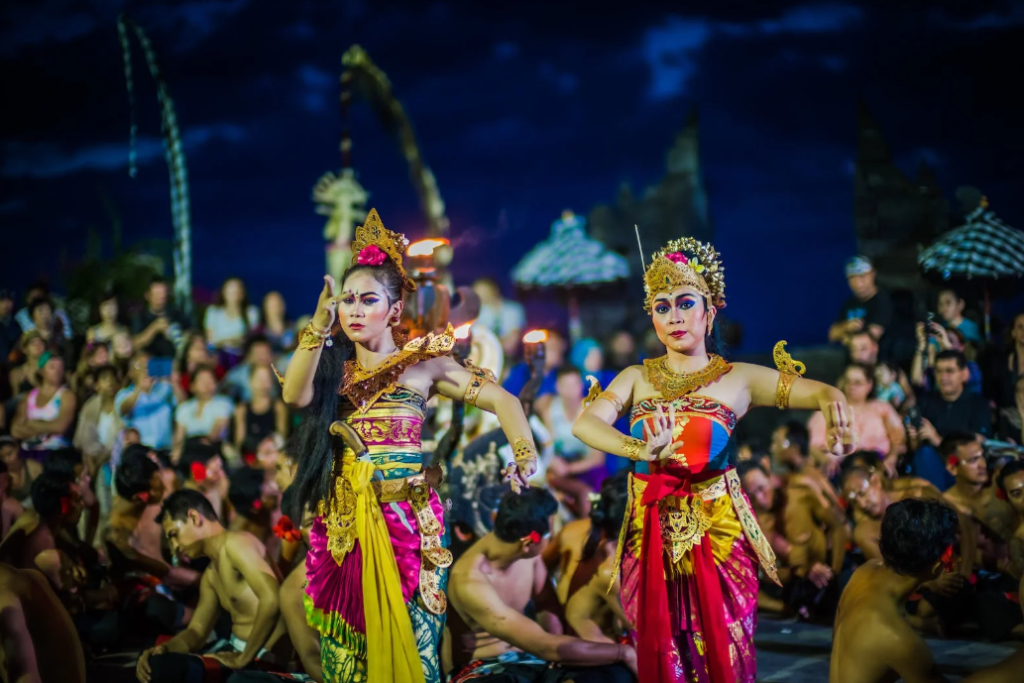Meditation Without Visualization
Discover meditation without visualization by concentrating on the flow of pure awareness.

Selfpause Affirmation App
Download the app to get 1,000’s of affirmation meditations and everything you need to write, record and listen to your own.
The main goal of meditation without visualization is to focus on the flow of pure awareness. This emphasis is in contrast to the practice of visual contemplation, which focuses on the subtle body – thought to be the soul’s support at the time of death. Various tantric traditions – including those of the Hindu and Buddhist traditions – also promote the practice of visualization.
Taoist meditation without visualization

Taoist meditation practice can be challenging, especially for beginners. It begins with proper positioning and breathing techniques. Then, focus on releasing tension and pain from your body. Visualize light encircling your body and dissolving pain and stress. This exercise helps you release your thoughts and focus on the present moment.
Using images of the Tao deities in meditation is a traditional Chinese practice. These spirits are supposed to provide guidance during the process and provide healing energy. However, little evidence supports these claims. However, belief in vital energies may enhance the effects. It’s also possible that placebo effects can become stronger when the practitioner assigns meaning to them.
While most meditations focus on the breath and mind, the Taoist practice emphasizes concentration on the tan tien (elixir field) located below the navel. This is considered to be the energy center of the body. The elixir field is also known as the ching, which translates to “sperm.” Moreover, it is believed to be a reservoir of life-changing energy.
Taoist meditation practice uses the principles of energy flow, healing, visualization, and deep stillness to promote mindfulness. It also helps in the release of pain and stress. In this form of meditation, it is important to focus on your breath and refrain from thinking about anything else. Other forms of meditation rely on quieting the mind and visualization techniques to achieve enlightenment.
The Taoist philosophy teaches that returning to the source of your energy helps you replenish your energy and achieve enlightenment. It is also important to remember that you are a tiny part of the larger puzzle and can’t achieve the optimum results in one sitting. When you realize this, you can step back and experience the beauty of the finished product.
Hindu and Buddhist tantric traditions

In Hindu and Buddhist tantric traditions, meditation without visualization (TM) involves the use of a mantra. This technique is practiced for about 20 minutes twice a day. Practitioners use a mantra to purify their negative karmas. The mantra is given to them according to their age and gender. It is not a random sound; rather, it is the name of a Hindu deity.
The ranking sequence for each tradition was determined by dividing the number of techniques in each tradition by 10. For example, a score of 0.3 means that three techniques in one tradition overlapped with three techniques in the other. The full ranking sequences for all traditions are found in Supplementary Material C.
In Buddhist tantric traditions, the focus is on the elements. The wind is a particularly powerful element, as it moves faster than the other elements. The wind is a more favorable element for people who have a spiritual disposition. In the 29th chapter of Jnanarnava, the practitioner concentrates on the four elements. The four elements are each associated with a geometric form. These elements are also represented by four mantras, which correlate with each element. The first mantra is lam, followed by the second mantra, vam.
The Saiva Trika system combines visualization with mantra and ritual. The Sthaneshwar Timalsina, for example, identifies the body as a key component of the human soul. The practitioner develops a new source of identity during the process of meditation. The goal of this alternative paradigm is to nullify habitually given mental patterns.
While visualization is the primary method of meditation in Hindu and Buddhist traditions, there are many other meditation techniques. The first method involves fixing the gaze on an external object, such as an image or a symbol and then training one’s concentration. Both methods have their dangers, so it is best to seek the guidance of a qualified yogi.
Yoga

Some of the benefits of meditation without visualization in yoga are similar to those of guided imagery. This method encourages the use of imagination and can help you achieve your goals. Alternatively, you can try visualization meditation if you find it difficult to focus. These techniques have proven to be very beneficial for a variety of conditions, from insomnia and depression to headaches and chronic pain.
Visualization meditation can be done in many ways, from repeating a mantra to focusing on a single image. As you practice, you can get creative and develop your own method. For example, you may wish to focus on a single image of something positive. Regardless of what you choose, the goal is to develop awareness and control the mind.
Before beginning visualization meditation, you should prepare yourself to be comfortable. Make sure to use a pillow or a comfortable surface. Next, you will need to choose a mantra. After choosing a mantra, you can begin to relax. Next, you should focus on your breath. During this time, you should be aware of your breathing and feel good. If you feel comfortable, you can repeat this exercise as many times as necessary.
One of the advantages of visualization meditation is that it helps you relax, reduce stress, and improve your mood. While meditating, you are able to imagine a specific emotion, a specific color, or a soothing sensation. This technique helps you get in touch with your emotions and promotes confidence.
Another technique to help you focus is focused meditation. It requires you to be alone with a focused intention. The object of your meditation can be a candle, flower, or decorative object. Then, you focus your attention on that object. You can also close your eyes and focus on a specific area.
Western psychology

Meditation without visualization is a practice that involves focusing attention on the present without visualizing the future. This practice is used to calm the mind and increase awareness of the present moment. It is often performed with a visual aid. A Tibetan Buddhist monk, for instance, uses mental images of Buddhist deities and symbolic geometric patterns called mandalas to calm the mind.
To understand the effectiveness of meditation, it is helpful to understand the background of Eastern and Western psychology. Traditionally, meditation has been studied from the perspective of traditional spiritual texts, such as Buddhist and Hindu texts. Modern research should triangulate traditional and modern spiritual texts and include first-person accounts, as well as physiological and cognitive measures.
In Western psychology, visualization is often referred to as “mental imagery.” Mental imagery is the process by which the mind turns an idea into a physical image. It is also associated with positive and negative emotions. While most Western psychology research on mental imagery focuses on amateurs, it would be beneficial to study visualization experts such as Tibetan Buddhist monks. This would allow for more research on how visualization works and help Buddhist monks perfect their meditative techniques.
The use of visual imagery is also widely used in psychotherapy. Psychotherapists may use this technique to induce a state of hypnosis. The term hypnosis comes from the Greek word hypnosis, which means “sleep.” During this trance-like state, the brain is heightened to suggestion and heightened focus. It is a technique often used by Sigmund Freud to make unconscious desires and emotions conscious.
Integrating meditative traditions

The teaching methods for integrative meditative traditions are a mixture of experiential visualization, lecture, and meditation practices. The teaching methods are based on an analysis of a fifth-century Chinese Buddhist text on visualization meditation. Students will be introduced to the psychophysiology of visualization and the psychological foundations of meditation.
The Taiping Jing emphasizes the use of shouyi “guarding the One” meditation, which involves visualizing cosmic colors corresponding to body parts. The Taiping jing shengjun bizhi, a Tang-period compilation of fragments of the Taiping jing, provides detailed information on this meditation.
Meditation has been practiced for thousands of years. The earliest written descriptions of meditation are found in the Vedas, a body of religious texts. Buddha’s disciple Siddhartha Gautama used meditative techniques during his quest for Enlightenment. Similarly, Eastern Orthodox Christianity has a tradition of contemplative prayer known as Hesychasm, which involves repeating Jesus’ prayer, the Dhikr. Sufism has also incorporated meditation-like techniques, such as dhikr (prayer of devotion).
Many different forms of meditation are practiced around the world. The oldest recorded forms of meditation date back to approximately 1500 BCE in India. In ancient India, the practice of meditation is often referred to as “dhyana” or “jhana.” Some of the earliest writings on meditation include descriptions of people sitting in meditation with their eyes closed.
Our Top FAQ's
Yes, it is possible to meditate without visualizing anything in particular. Some people find that focusing on their breath, a mantra, or a body sensation helps them to quiet their mind and enter a state of meditation. Other people may prefer to simply allow their thoughts to come and go without trying to control them. Both approaches can be effective ways to meditate without visualization.
Some techniques for focusing the mind during meditation without visualization include:
-
Focusing on the breath: This involves paying attention to the sensation of the breath as it moves in and out of the body. This can help to bring the mind into the present moment and provide a point of focus.
-
Using a mantra: A mantra is a word or phrase that is repeated silently to oneself during meditation. The repetition of the mantra can help to quiet the mind and keep it focused.
-
Paying attention to physical sensations: Another option is to pay attention to physical sensations in the body, such as the sensation of the body against the floor or the feeling of the breath moving through the nose.
To determine if you are doing meditation without visualization correctly, it can be helpful to pay attention to your own experience and see if you feel more relaxed and present after the meditation. It is also helpful to keep in mind that there is no “right” or “wrong” way to meditate, and different techniques may work better for different people.
Some potential benefits of meditating without visualization include:
-
Reduced stress and anxiety: Meditation can help to calm the mind and body, which can lead to reduced stress and anxiety.
-
Improved focus and concentration: Meditation can help to improve the ability to focus and concentrate on tasks.
-
Increased self-awareness: By paying attention to your thoughts and emotions during meditation, you may become more aware of your own patterns and habits and learn to respond to them in a more mindful way.
Some potential drawbacks of meditating without visualization may include:
-
Difficulty staying focused: For some people, it can be difficult to maintain focus on the breath or a mantra without visualizing something.
-
Boredom: Some people may find it hard to stay engaged in a meditation practice that doesn’t involve visualization.
Yes, it is possible to combine meditation without visualization with other practices, such as yoga or mindfulness. In fact, many people find that combining different practices can be a helpful way to enhance the overall benefits of their meditation practice. For example, you could try incorporating yoga poses or mindfulness techniques into your meditation practice, or you could try practicing mindfulness or visualization techniques during your yoga practice.
